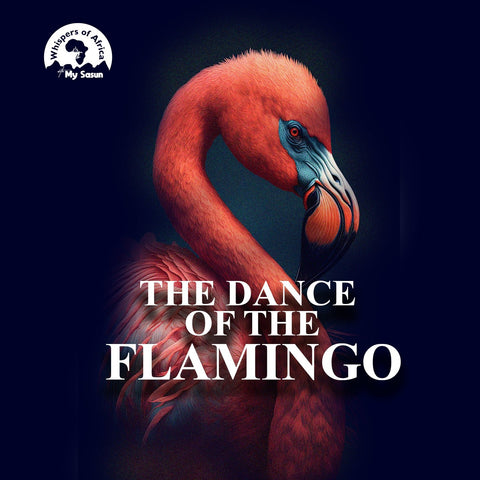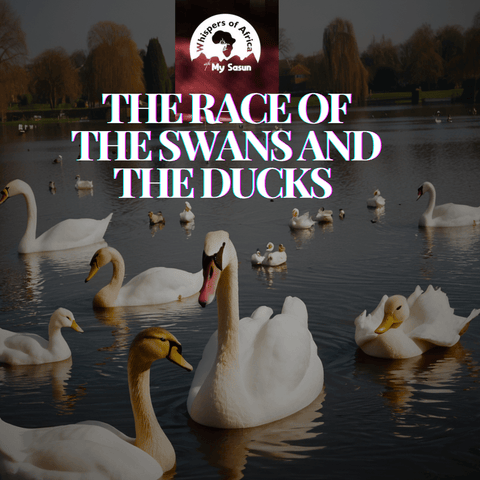In the peaceful village of Mwanzo, located by the shimmering waters of Lake Jipe, there lived a young girl named Amina who was drawn to the beauty of nature. Her favorite sight was a flamingo named Rafiki, whose grace and resilience inspired everyone who watched him.
Rafiki was not like other flamingos. He had a unique way of dancing—stepping, twirling, and dipping elegantly, no matter what happened around him. When a storm tore through the village, knocking down many nests including Rafiki's, the flamingo danced. Even on a heartbreaking day when Rafiki's young chick didn’t survive, amidst his sorrow, he eventually returned to the lake and danced, his movements filled with loss and yet hope.
Also Read: The Python And The Eggs From The Henhouse
Amina watched Rafiki every day, learning from him. She saw that no matter what happened, Rafiki’s dance continued. He danced with the same intensity whether the sun blazed down or the rains poured, teaching Amina about resilience and hope.
One day, Amina’s ball rolled into the deep parts of the lake, a gift from her grandmother that she treasured deeply. She thought it was lost forever. Rafiki, who had traveled far from the lake that day, returned just in time to see Amina’s distress. With careful steps, he retrieved the ball from the water and brought it back to her. This act of kindness showed Amina and the villagers that compassion and help could come from the most unexpected places.
Seeing the profound impact of Rafiki’s behavior, the village elders decided to make Rafiki’s dance a lesson for all. They organized gatherings by the lake, where the young and old could watch Rafiki dance through joys and challenges. The elders explained that Rafiki's dance was a lesson in facing life’s ups and downs with grace and steadiness.
Also Read: The Legend Of Simba, The Jungle King.
The children were enthralled, and Amina, their unofficial leader, took it upon herself to emulate Rafiki’s dedication. She began practicing her own form of dance, a blend of traditional steps and the patterns she observed in Rafiki’s movements. Her dedication became a model for her peers.
As the seasons changed, Lake Jipe faced a harsh drought. The water receded, food became scarce, and the village's spirit was tested. During these hard times, Amina reminded her fellow villagers of the lessons learned from Rafiki. She organized community dances at the drying lakebed, turning these gatherings into sessions of mutual support and collective planning.
These dances became a lifeline for the community, reminding them that together, they could overcome adversity. They shared stories, resources, and strategies for water conservation and food sharing. Amina encouraged everyone to contribute, ensuring that no one was left behind.
Also Read: Jelani And The Seven Cows
Finally, the rains returned, and with them prosperity. The lake filled, the flamingos—Rafiki among them—returned, and the village thrived once again. The annual gathering, now called "The Dance of the Flamingo," became a festival of thanksgiving for the community’s endurance and unity, symbolized by the flamingo’s dance, which had first inspired Amina and the village.
Rafiki’s dance, and Amina’s leadership, taught the village of Mwanzo the power of persistence, the importance of community, and the beauty of embracing life’s rhythms with grace and resilience. This story reminds us all of the strength found in unity and the lessons we can learn from the natural world around us.
Also Read: The Tortoise And The Birds







Comments (1)
My heart is so filled with joy. If you are suffering from Erectile dysfunction or any other disease you can contact Dr. Moses Buba on this buba.herbalmiraclemedicine@gmail.com or His website : https://www.facebook.com/profile.php?id=61559577240930 . For more information from me reach me via WhatsApp : +44 7375 301397